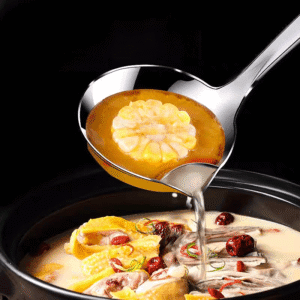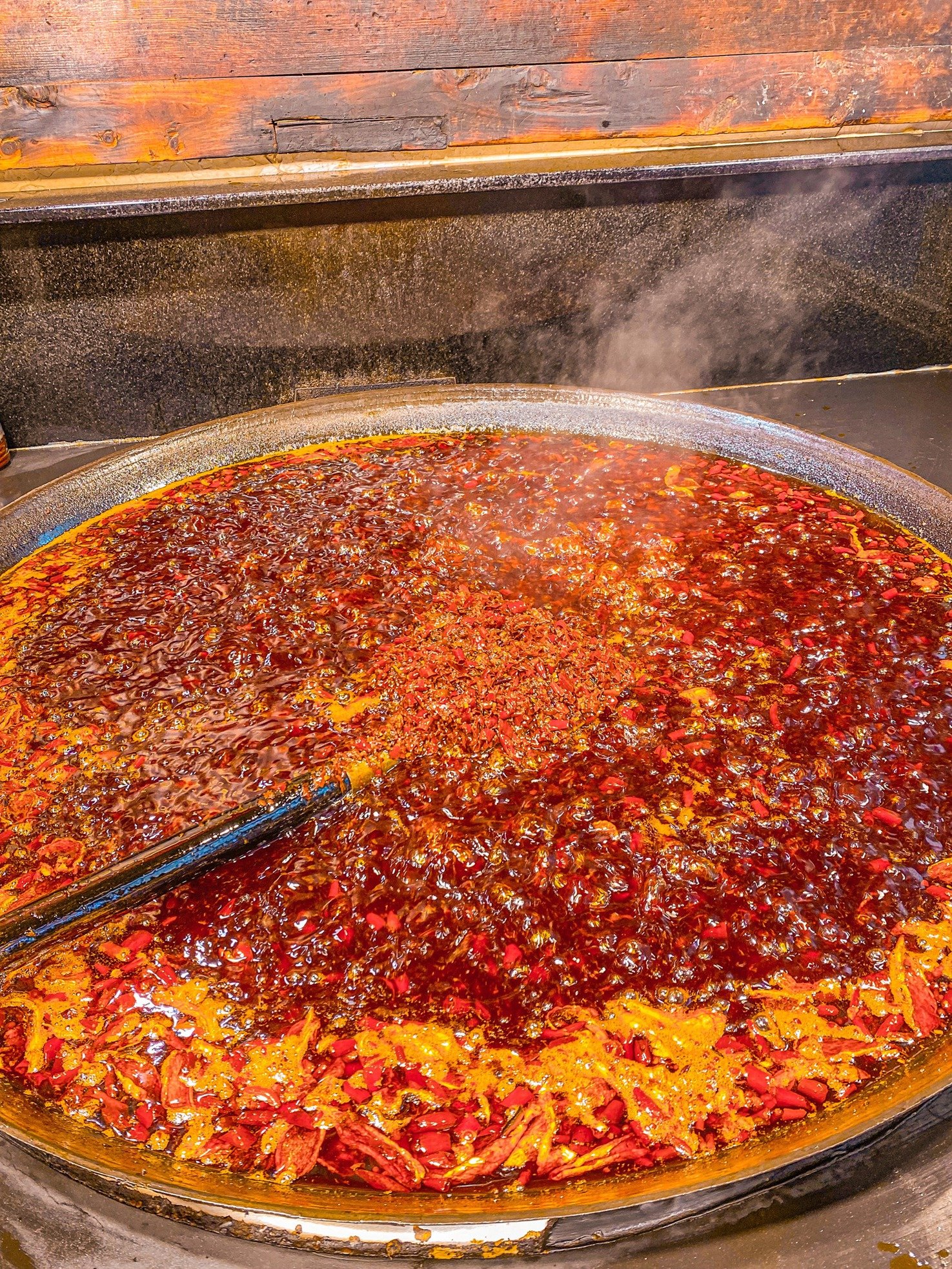As a leading hot pot base factory rooted in the birthplace of hot pot with a decade of expertise, we’ve helped countless hot pot restaurants worldwide serve authentic Chinese hot pot flavors. Beyond premium hot pot bases (from spicy Sichuan to savory mushroom, wholesale prices ranging $2.80–$8.50), choosing the right hot pot utensils is key to elevating taste, safety, and customer satisfaction. Below, we answer the most common questions about hot pot utensils to help you make informed choices—whether for your restaurant or home use.

1. Hot Pot Pots: The Foundation of Great Hot Pot
Q1: What material of hot pot pot works best for different broths?
The material of your hot pot pot directly impacts heat distribution, broth flavor, and durability. Here’s a detailed breakdown for practical use:
| Pot Material | Heat Conductivity | Best for Broths | Ideal Scenarios | Notes |
|---|---|---|---|---|
| Cast Iron (Raw Iron) | Even & excellent heat retention | Spicy hot pot (e.g., Sichuan butter broth), bone broth | Family dinners, restaurant dine-in | Prone to rust—wipe dry and coat with a thin layer of oil after use. Heats slowly; preheat before adding broth. |
| Stainless Steel | Fast & corrosion-resistant | Clear broths (mushroom, tomato), sukiyaki | Restaurants, daily home use | Avoid dry heating for long periods to prevent warping. Choose food-grade 304/316 stainless steel for safety. |
| Ceramic | Good heat retention, no odor absorption | Health-focused broths (herbal, goji berry) | High-end restaurants, home wellness meals | Fragile—avoid sudden temperature changes (e.g., rinsing with cold water right after use). |
| Copper | Ultra-fast heat transfer, elegant appearance | Old Beijing mutton hot pot (clear broth) | Specialty restaurants, traditional-themed dining | Requires regular maintenance to prevent tarnish. Opt for copper pots with a food-safe inner coating to avoid heavy metal leaching. |
Q2: Should I choose a dual-compartment pot (yuan yang) or multi-compartment pot?
- Dual-compartment (Yuan Yang) Pot: Perfect for 2–4 people. It holds two broths (e.g., spicy + clear), solving the “spicy vs. non-spicy” dilemma. For restaurants, select pots with a partition higher than the pot edge to prevent broth mixing.
- Multi-compartment Pot (4-grid, 9-grid): Ideal for groups of 4+ or buffet-style restaurants. It lets you serve 3+ broths (e.g., spicy, tomato, 菌汤) or separate ingredients to avoid flavor mixing. Great for boosting customer experience in busy hot pot spots.
Q3: Are there differences between home-use and restaurant-use hot pot pots?
Yes—focus on capacity, durability, and compatibility:
- Home-use: 2–4L capacity (fits 2–6 people). Prioritize lightweight, easy-to-clean options (e.g., small stainless steel or ceramic pots).
- Restaurant-use: 5L+ capacity (up to 10L for large tables). Choose heavy-duty materials (thick stainless steel, cast iron) that withstand frequent use. Ensure the pot size matches your heating equipment (induction cooktop, gas stove).
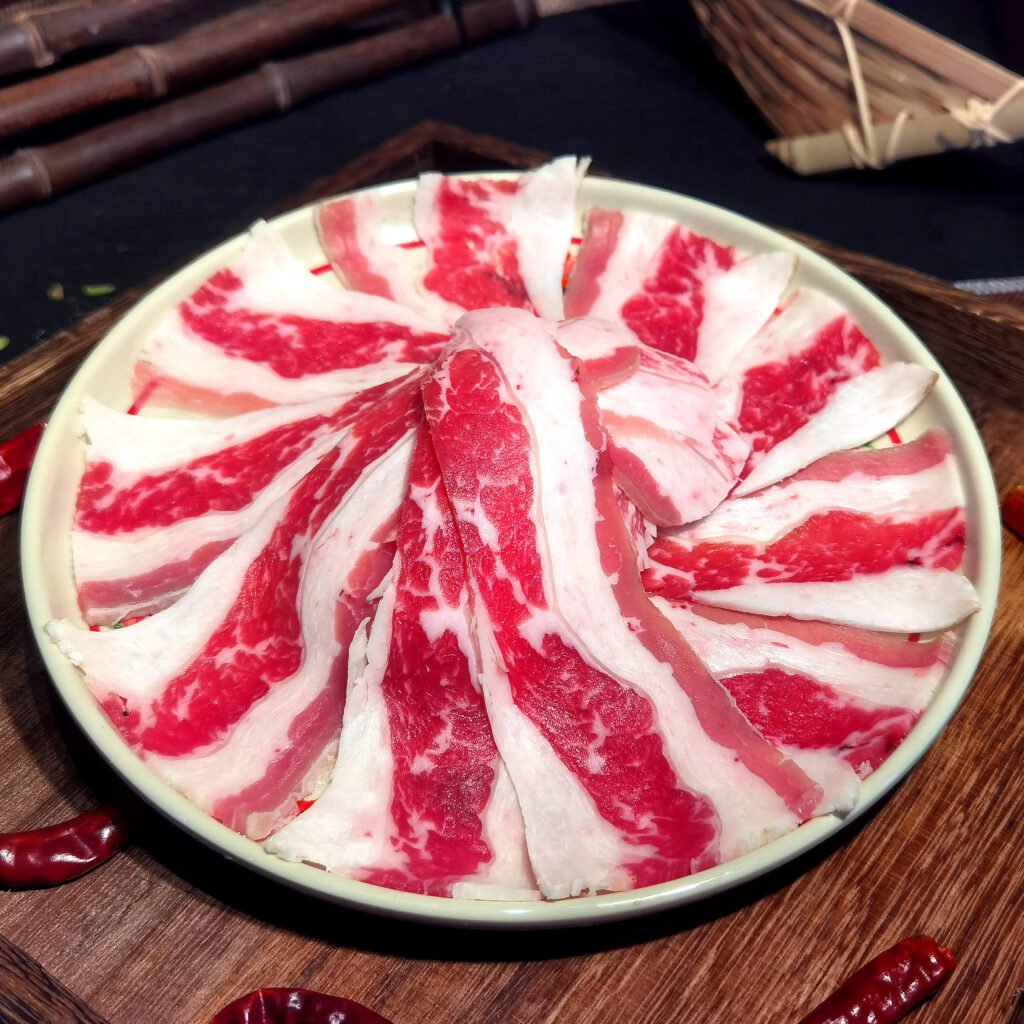
2. Hot Pot Tableware: Small Tools, Big Impact
Q1: Which chopsticks are best for hot pot—wooden, bamboo, or stainless steel?
Each material has pros and cons, tailored to different needs:
- Wooden/Bamboo Chopsticks: Heat-resistant, non-slip, and comfortable to hold. Perfect for homes or restaurants aiming for a “traditional vibe.” Choose unpainted, wax-free options to avoid toxic chemical release at high temperatures. Dry thoroughly after use to prevent mold.
- Stainless Steel Chopsticks: Durable, easy to clean, and cost-effective for restaurants (ideal for high-frequency use). To fix poor heat resistance, pick styles with silicone anti-slip tips or hollow handles to avoid burning hands.
- Disposable Chopsticks: Only for takeout or temporary use. Avoid low-quality options (may have hygiene issues) and prioritize eco-friendly materials.
Q2: What type of oil skimmer and soup ladle should I buy?
- Oil Skimmer: Essential for removing excess oil, chili peppers, or small ingredients (fish balls, sliced meat). Look for skimmers with dense small holes (2–3mm)—they filter oil without losing food. A 15–20cm handle prevents scalding.
- Soup Ladle: For serving broth or scooping large ingredients (mushrooms, tofu). Choose a deep, wide-edge ladle—it holds more broth and won’t drip when placed on the pot edge. Restaurants should opt for 20–25cm long-handled ladles to fit large pots; homes can use shorter silicone ladles (heat-resistant and safe).
Q3: Do I need special bowls for hot pot?
Yes! Wide-mouthed, shallow bowls are best for two reasons:
- They let you dip sauces (sesame, chili oil) easily and cool food quickly (no more burning your mouth).
- Shallow bottoms make it easy to pick up food without a spoon. For homes, ceramic bowls add a nice touch; restaurants can use melamine bowls (shock-resistant, lightweight) or ceramic bowls for a premium feel.
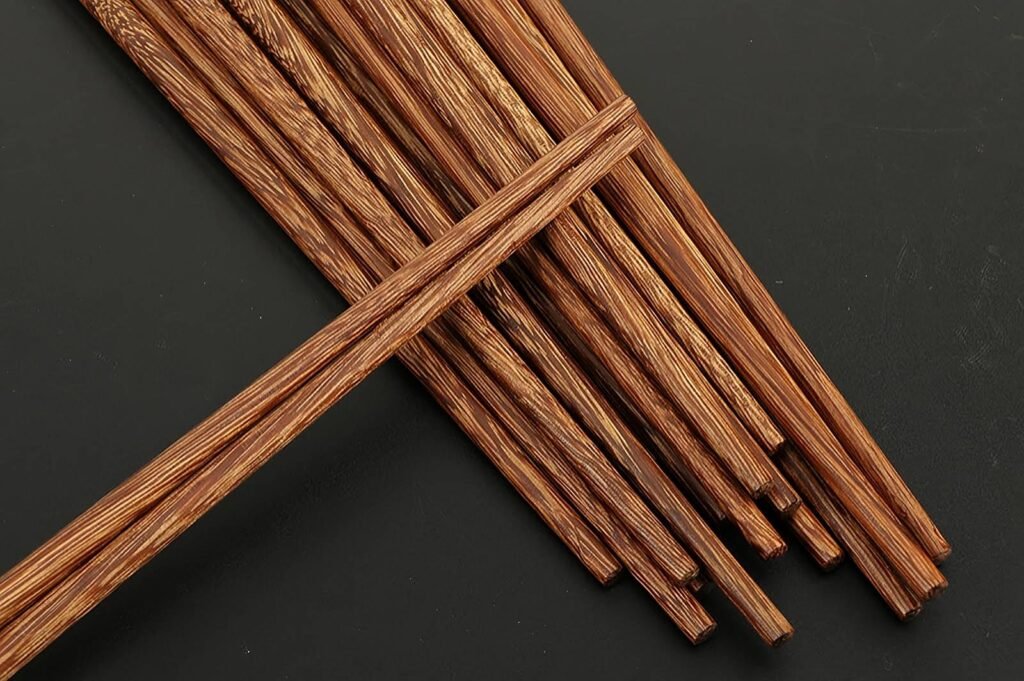
3. Hot Pot Heating Equipment: Safety & Efficiency First
Q1: Induction cooktop vs. gas stove—Which is better for hot pot?
Both are popular, but differ in temperature control, safety, and compatibility:
| Heating Method | Temperature Precision | Safety | Ideal Scenarios | Drawbacks |
|---|---|---|---|---|
| Induction Cooktop | High (adjustable 100℃–220℃) | Safe (no open flame; auto-shutoff for dry boiling) | Restaurants (open kitchens), home use, hot pot takeout | Only works with magnetic pots (cast iron, stainless steel). High-power models need stable electrical circuits. |
| Gas Stove | Moderate (knob-controlled, less precise) | Medium (risk of burns; ensure good ventilation) | Restaurant kitchens, home cooking (for non-magnetic pots) | Produces 油烟;needs regular cleaning to avoid clogging burners with soup spills. |
Q2: What heating tools work for hot pot takeout?
Takeout hot pot needs portable, flameless tools—here are the top choices:
- Heating Packs (Self-heating): Activate with water to reach 120℃+; heat for 30–60 minutes. Perfect for single-serve or 2-person takeout. Choose food-safe heating packs (no powder leakage) and follow instructions to avoid burns.
- Butane Stove + Gas Canister: For 3–4 people. Heats as well as a gas stove and lasts 1–2 hours. Use only in well-ventilated areas (no closed cars/rooms) and select stoves with safety valves to prevent gas leaks.
Q3: How to choose heating equipment for restaurants?
Prioritize efficiency and compatibility:
- Dining Area: Use induction cooktops (no flame, clean appearance). Pick 2500–3000W commercial models for fast heating (reduces customer wait time).
- Kitchen Prep: Use gas stoves (fit large pots for broth boiling). Choose energy-saving models to cut gas costs.
- Private Rooms: Embed induction cooktops in tables (saves space) or use portable butane stoves (flexible for different table sizes).
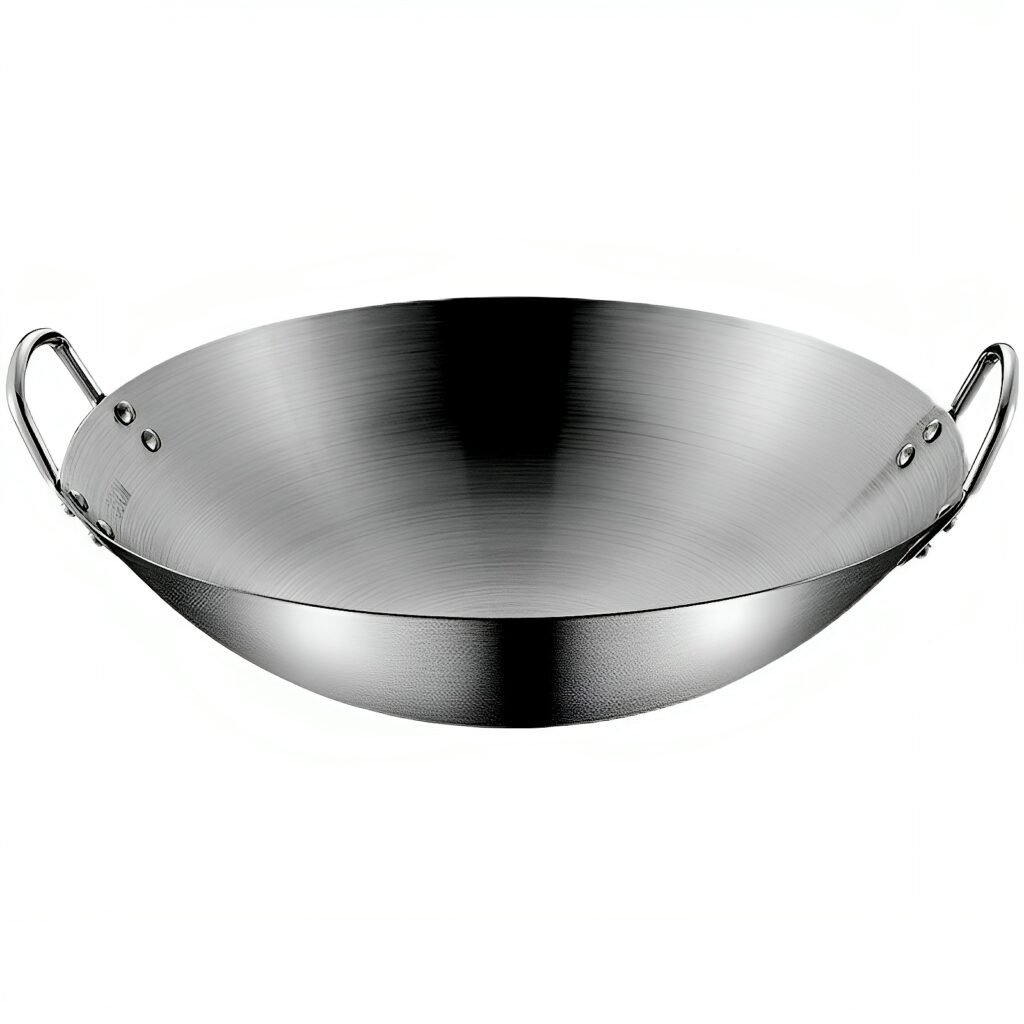
4. Hot Pot Auxiliary Tools: Solve Common Problems
Q1: How to prevent food from sticking to the pot or sinking?
- Food Strainers/Blanching Spoons: Put small ingredients (shrimp paste, meat slices) in the strainer before boiling—no more sticking or losing food.
- Hot Pot Grates/Steam Racks: Place on the pot bottom to separate food from the pot. Great for noodles or vermicelli (easy to burn if stuck).
Q2: How to filter residue (chili, Sichuan pepper) from broth?
- Handheld Fine Mesh Skimmers: Instantly scoop up small residues during meals—must-have for spicy hot pot lovers.
- Disposable Pot Filters: Lay at the bottom before adding broth. After eating, remove the filter with all residue—saves cleaning time for restaurants.
Q3: How to stop soup from splashing on clothes?
- Splash Guards: Circular or semi-circular guards that attach to the pot edge. Choose foldable, detachable ones (easy to store and clean).
- Silicone Splash Rings: Slip over the pot edge to catch spills. Affordable and suitable for small home pots (e.g., dual-compartment pots).

5. Buying Guide: Hot Pot Utensils for Every Scenario
- Home Users: Focus on “easy use + budget-friendly”—a 3L stainless steel dual-compartment pot, wooden chopsticks, silicone soup ladle, and 2000W home induction cooktop (total cost: $50–$150).
- Restaurant Owners: Prioritize “durability + customer experience”—5L+ thick stainless steel/cast iron pots, commercial stainless steel chopsticks, long-handled skimmers, and 2500W+ induction cooktops. Add specialty tools (copper pots, multi-compartment pots) to stand out.
- Takeout Businesses: Go for “safety + portability”—sealed stainless steel pots, food-safe heating packs, and disposable eco-friendly chopsticks/bowls.
At Hot Pot Soup Base Factory, we don’t just supply authentic hot pot bases (spicy, mushroom, Sichuan flower pepper, and more at wholesale prices). We also offer tailored advice on hot pot utensils to help you deliver the best hot pot experience. Whether you need bulk pot recommendations or have questions about utensil compatibility, contact us today—let’s bring genuine Chinese hot pot flavor to the world!


